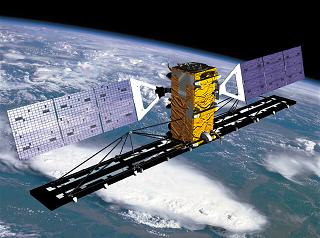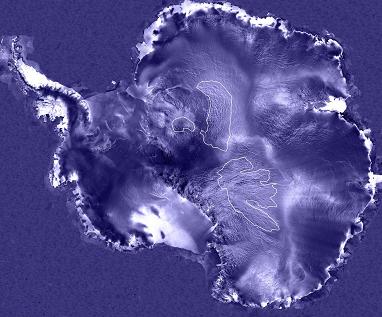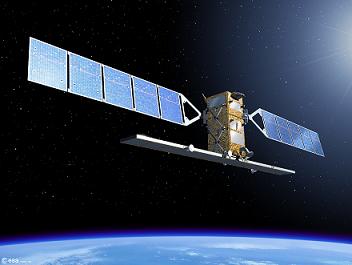There are numerous examples of successful implementation of mitigation measures, but also some not so successful, and even failures. There are two cases that I will mention, one from each camp.
Cosmos 954 was a Soviet Radar Ocean Reconnaissance Satellite (RORSAT) powered by an onboard nuclear reactor. At the time, the Russian designers were not able to find an alternative for the power system due to the power requirements of the payload carried by the spacecraft, which was a powerful radar. A post-mission mitigation method that involved parking the nuclear reactor on a higher orbit (with an estimated lifetime of hundreds of years) was adopted.
It seems that not enough effort was put into designing a reliable solution for the post-mission disposal method of the nuclear reactor. Besides the inherent low reliability associated with hardware in developmental phases, the quality assurance practices at that time were most likely affected by the conditions of the Cold War. In both camps, the concerns regarding the environment were ignored in favor of the military and political goals.
In 1978, COSMOS 954 failed to separate its nuclear reactor core and boost it into the post-mission parking orbit as planned. The reactor remained onboard the satellite and eventually re-entered into the Earth atmosphere and crashed near the Great Slave Lake in Canada’s Northwest Territories. The radioactive fuel was spread over a 124,000 km2 area. The recovery teams retrieved 12 large pieces of the reactor, which comprised only 1% of the reactor fuel. All of these pieces displayed lethal levels of radioactivity.
To highlight how dangerous and how serious the use of nuclear power sources for space mission is, consider these figures: at present, there are 32 defunct nuclear reactors in orbit around the Earth. There are also 13 reactor fuel cores and at least 8 radio-thermal generators (RTGs). The total mass of RTG nuclear fuel in orbit is in the order of 150 kg. The total mass of Uranium-235 reactor fuel in orbit is in the order of 1,000 kg.
RADARSAT-1 is an Earth observation satellite developed in Canada. Equipped with a powerful synthetic aperture radar (SAR) instrument, RADARSAT-1 monitors environmental changes and the planet’s natural resources. Well beyond the planned five-year lifetime, the satellite continues to provide images of the Earth for both scientific and commercial applications.
Following the guidelines of the United Nations Committee on the Peaceful Uses of Outer Space (COPUOS) document entitled Guidelines for Space Debris Mitigation, and implementing mitigation measures required for the space hardware manufacturers in Canada, the Canadian Space Agency has prepared post-mission disposal plans for its remote sensing satellite RADARSAT-1. As a prerequisite to the end of mission procedures, the energy stored in the propellant tanks, the wheels, and the batteries of the satellite will be removed, as suggested in the COPUOS guidelines. Also, the remaining fuel will be used to lower the orbit in addition to orienting the satellite so that drag is maximized. These measures will aim to reduce the orbit life span of the satellite to the lowest possible.
Simulations performed using NASA’s long-term debris environment evolutionary model (LEO-to-GEO Environment Debris model or LEGEND) or ESA’s debris environment long-term analysis tool (DELTA) have shown that even if new launches are not conducted, the existing population of orbital debris will continue to increase. This increase in number is caused by collisions between the objects already orbiting the Earth at the present time. Following the Iridium/Cosmos collision in 2009, the U.S. Air Force has issued hundreds of notifications to Russia and China regarding potential crashes between their satellites and other objects in orbit.
Even if we are contemplating grim future developments like the one mentioned above, international initiatives do not seem to gain enough momentum. NASA (National Aeronautics and Space Administration) and DARPA (Defense Advanced Research Projects Agency) were the sponsors of the first International Conference on Orbital Debris Removal, which was held in Chantilly, Virginia, December 8-10, 2009. The conclusions of the conference included the observation that:
“No evident consensus or conclusions were reached at the conference. Removing existing, non-cooperative objects from Earth orbit is an extremely difficult and likely expensive task. Although some of the techniques for removal discussed at the Conference have the potential of being developed into technically feasible systems, each concept seems to currently suffer from either a lack of development and testing or economic viability.”















 Subscribe to blog posts using RSS
Subscribe to blog posts using RSS










